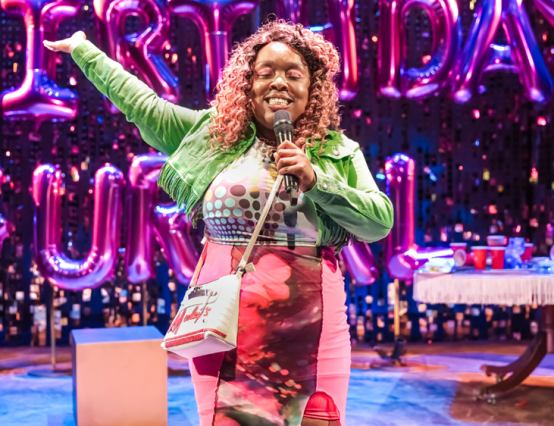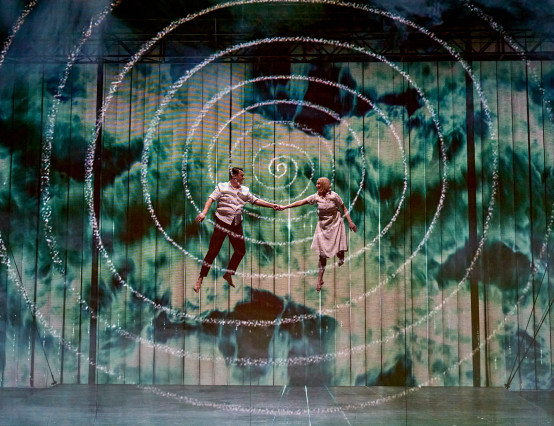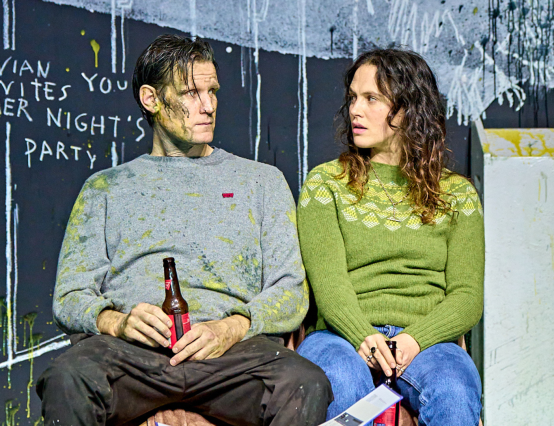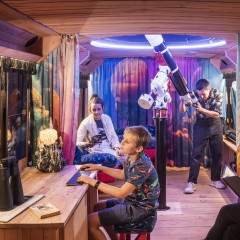The Little Big Things tells the real-life story of the British artist Henry Fraser whose life changes at 17 after an accident that leaves him paralysed from shoulder down for the rest of his life.
This is a very powerful play that completely immerses you and touches your heart deeply. While tackling a heart-wrenching story (and not going to lie, it made me cry multiple times), it is also hopeful, heart-warming and humorous.
The cast includes disabled members which makes the performance further special, knowing this story is told by those who have experience with disability, as well as the knowledge of West End diversifying. Ed Larkin who plays Henry after the accident is the first wheelchair user in 350 years to lead a West End show. Amy Trigg who plays Agnes brings in a wonderful energy to the play and is one of the best performers I have seen on West End. Before The Little Big Things, she has been part of various Shakespeare productions and is also an award-winning playwright. She is definitely a huge talent that should have a bigger platform in the world of theatre. Gracie McGonigal is another young talent that draws attention to herself with her performance as Katie. Having previously watched her in The Crucible last summer, I am happy to see her increasing presence on stage.
In addition to these young talents, the cast also has some well-known names like Alasdair Harvey, who has been part of many musical classics including Les Misérables, The Phantom of the Opera, Mamma Mia, Come From Away and We Will Rock You, and Linzi Hateley, who theatre fans would know from Mamma Mia, Carrie, Les Misérables and Chicago, as Henry’s parents Andrew and Fran Fraser.
The performance is psychologically and artistically complex and compelling. The use of two versions of Henry before and after the accident is a powerful way of representing the mental struggle he goes through. Although I was not sure about the physical differences between the actors to represent before and after rather than casting more visually similar actors, the presence of two Henrys on stage and seeing the behavioural differences between them was a strong representation of change.
The visual and semiological use of colours to represent emotions and reference the current artistic occupation of Henry Fraser, and act as a foreshadowing for the story for those unfamiliar with Fraser’s story, creates a sensational experience. The stage itself looks like a canvas that is both home to Henry’s story and also shows strokes of colour as the performance progresses. The props, the lightning, and the use of the stage all had a major presence in the show that was cleverly placed.
Finally, when it comes to musicals, it is a must that we speak about the music. While the whole soundtrack is well-made. I want to talk about the title song, The Little Big Things. Itis catchy and inspiring (I have added it to my playlist). It reminds you that even the little things can make a big impact and things will get better as long as you keep trying.
The Little Big Things is a very inspiring story that should become one of the musical classics but for now, it’s at @sohoplace until 2 March 2024, get your tickets here.









0 Comments